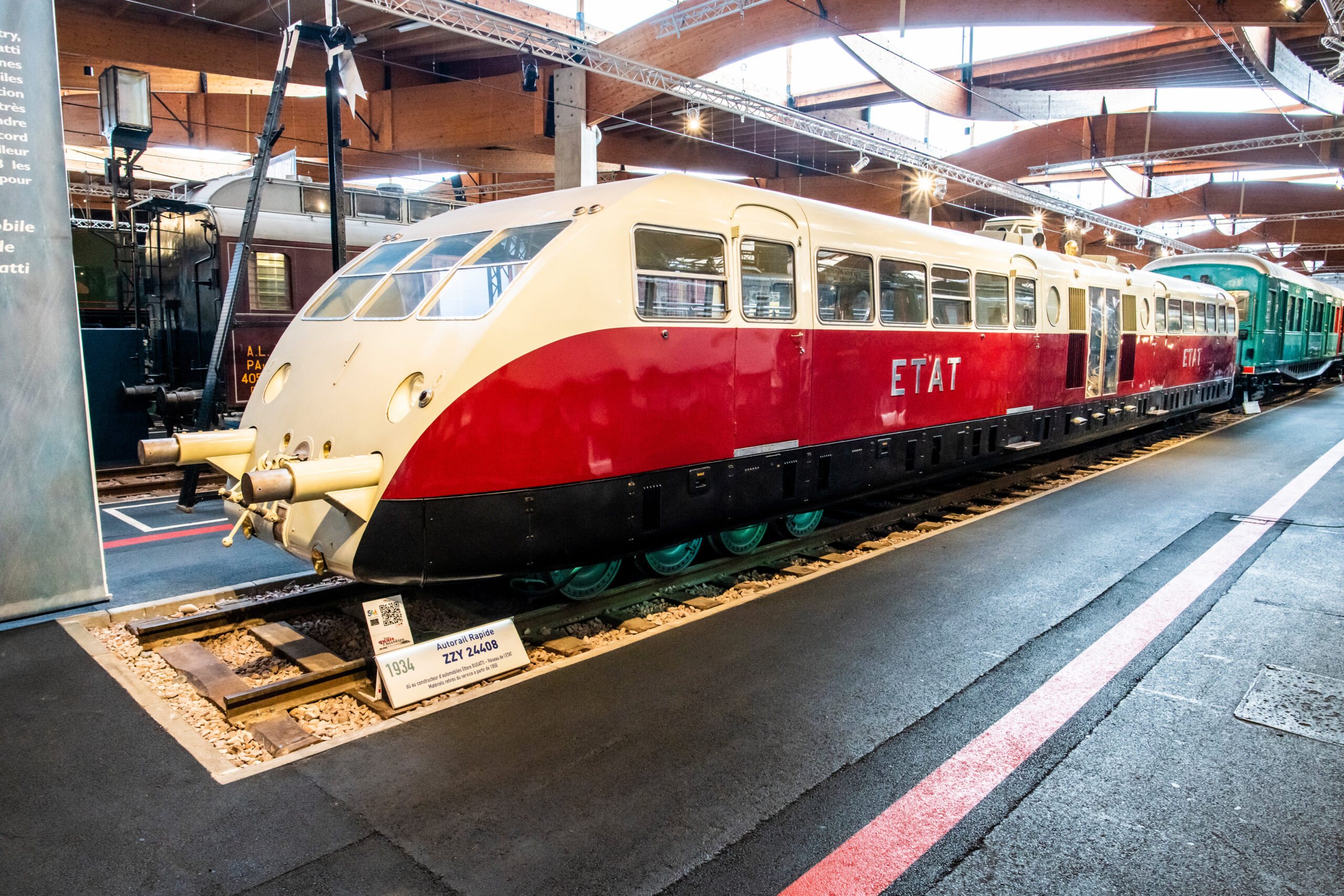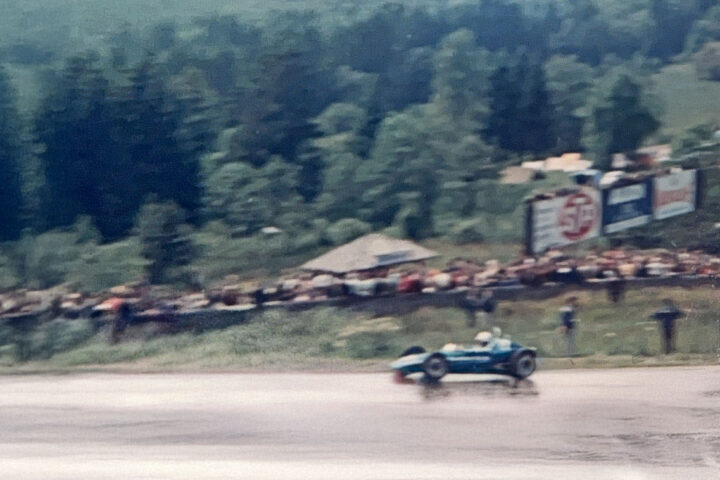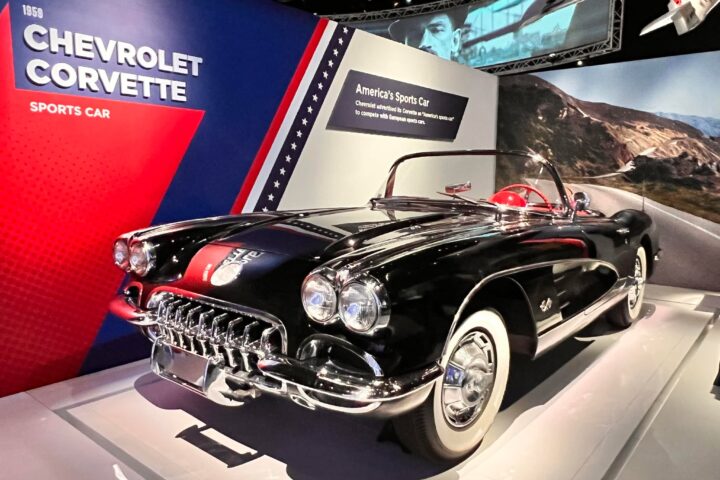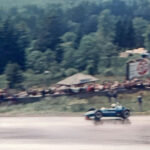Unmatched presence. Prodigious power. Unrivaled refinement. These are just a few of the qualities that have become synonymous with Bugatti. The Bugatti Autorail was no different. Although best known for his timeless automobile creations, Ettore Bugatti’s visionary spirit and innovations transcend the world of motoring. One of his biggest achievements in this respect can be traced to the majestic Type 41 Royale that went on to shape a new form of contemporary luxury travel: high-speed trains.
When Bugatti revealed the Type 41 in 1926, it immediately set a new benchmark. Envisioned by company founder Ettore Bugatti as a car fit for royalty, this masterpiece possessed a specification unlike anything that had ever gone before, and one wholly befitting its more widely known name of the ‘Bugatti Royale’. The Bugatti Type 41 is a testament to the craftsmanship Bugatti is renowned for to this day.
More than six meters long, the Bugatti Type 41 featured an extraordinary 12.8-liter inline eight-cylinder engine beneath its long, louvered hood. Such was its arrangement that the hood required two people to lift it, while the car’s wheelbase spanned 4.3 meters. The Type 41 engine was capable of accelerating the 3.5-tonne Type 41 up to an incredible maximum speed of 200 km/h, thanks to its ability to develop up to 300 HP at 1,800 rpm. Among the engine’s advanced features were overhead camshafts driving three valves per cylinder, combustion chambers each with two spark plugs instead of one, and an advanced dry-sump lubrication system typically used in race cars.
The first production model, featuring an elegant, coachbuilt, roadster body, was sold in 1932. However, despite the exceptional features of the Royale, it did not go on to be an economic success. The Great Depression, a global economic crisis that dragged on throughout the decade, and its aftermath made prospective buyers hold back. Up until 1933, six models of the car and 25 engines were already built, but only four of the Bugatti Type 41 Royale were sold.
Although highly innovative in every sense, the Royale and its sophisticated engine had a very special place in Ettore’s heart. Thanks to his curious mind that always sought genius solutions, making Ettore a true avant-gardist, the Royale engines that had already been produced were modified for a completely new project: Ettore took his ingenious engine design and applied it to transforming France’s rail network with a brand new type of express railcar.
While the French national rail network had, at the time, a well-developed infrastructure, it nonetheless was operated mainly by ponderous steam-powered engines. This situation was further exacerbated by the emerging competition of cars and buses, meaning that French rail travel was in urgent need of modernization. Ettore’s trailblazing Royale-inspired train did this to maximum effect, propelling the French railways into a new age. By undertaking precise engineering modifications and technical iterations, he enabled the eight-cylinder engine of the Royale to be reconfigured and used in the new four-axle rail multiple units that he developed for the French railway. In just nine months, he designed and developed the blueprint for a new generation of high-speed luxury train travel.
In the first homologation trials, the beautifully sleek train’s combination of power, lightweight construction, and aerodynamic efficiency enabled it to reach a maximum speed of 172 km/h, a record for train travel at the time.
Images Courtesy of Bugatti


























I’m always blown away by the craftsmanship and forward-thinking of Bugatti. The fact that Ettore’s ideas inspired luxury travel in trains just adds another layer of respect for his genius.